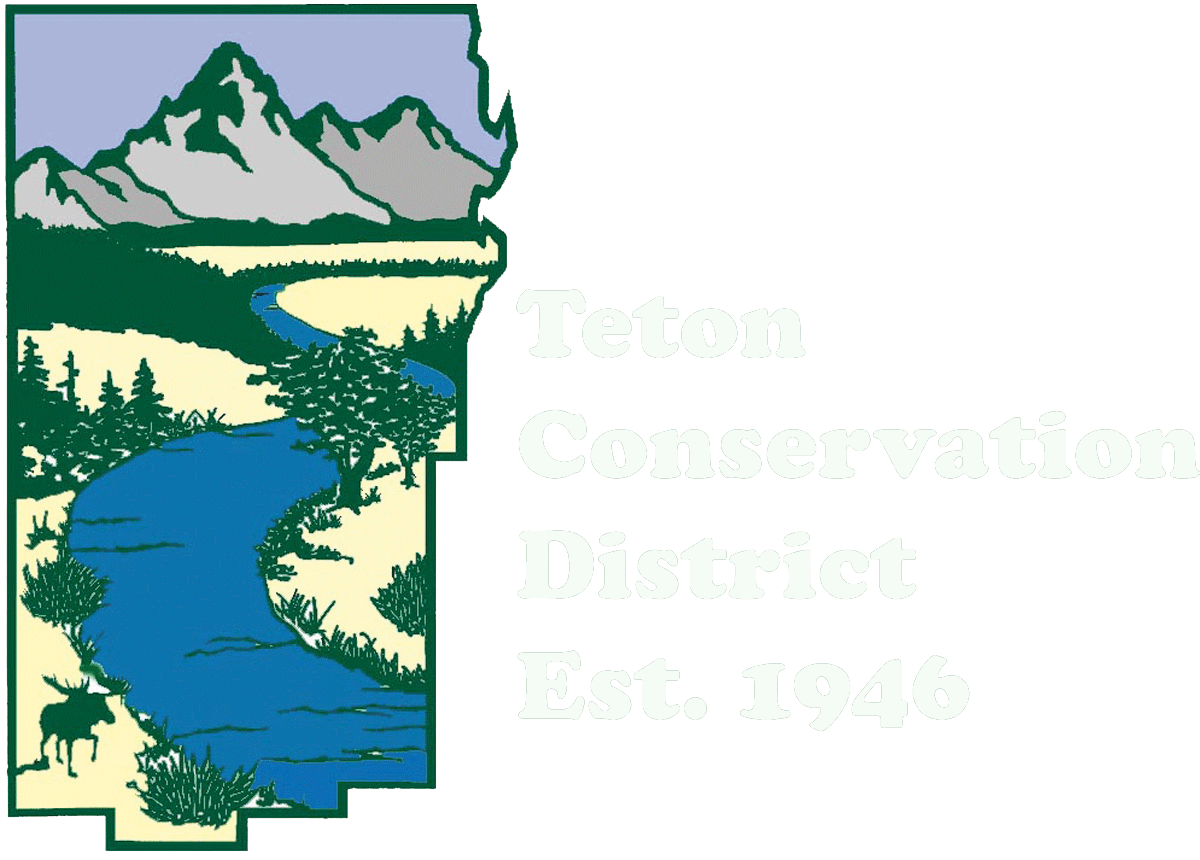Links & Resources
Barnyards & backyards
Barnyards & Backyards is a quarterly magazine, produced by the University of Wyoming Extension, for small acreage landowners. The content includes natural resource information such as landscaping, fencing, soils, energy, grazing, and composting. Hard copies of the magazine are also available for free at the Teton Conservation District office.
University of Wyoming Extension, Teton County Office
The UW Extension office brings research-based information in agriculture and natural resources, consumer and family economics, community and economic development, and 4-H/ youth development to residents. UW Extension has helpful links on Livestock Production, Range Management, Crop Production, Wildfire, Current Conditions, and Drought.
Web soil survey
The Web Soil Survey (WSS), produced by the Natural Resources Conservation Service, provides soil data and information across Teton County. This tool provides access to the largest natural resource information system worldwide. Uses include: siting buildings, typical plants, erosion, septic suitability, and more . WSS is the single authoritative source of soil survey information. This tool replaces the Soil Survey hard copies, which are no longer in print.
Field Book for describing and sampling soils, v. 3.0
The Field Book summarizes the present science and art of describing and documenting soils and soilscapes in the USA. The intended audience is professionals who describe soils for various purposes. The Field Book includes key descriptors, conventions, and concepts from soil science and geomorphology to facilitate field observations and soil documentation. The Field Book also aids in understanding soil descriptions and data found in soil surveys, dissertations, research papers, and general soil publications.
WILDLIFE FRIENDLIER FENCE
This handbook is a practical guide for fencing with wildlife in mind. This resource shows problematic fences, solutions, and experiences from Wyoming landowners that benefitted ungulates, birds, and concurrently protect natural resources and contain livestock effectively.

